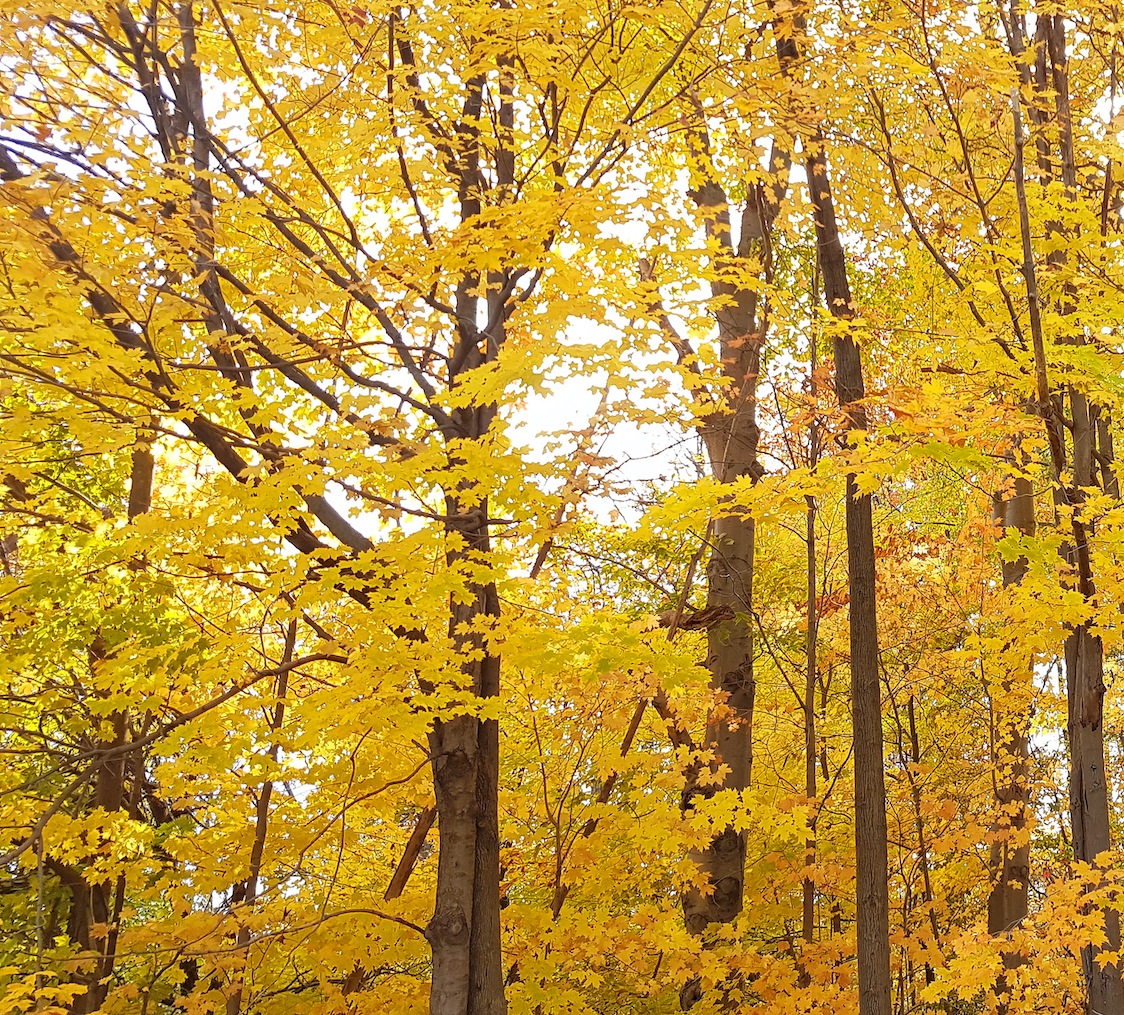Tree Specialist Presentation
Click here to download a PDF of our Tree Specialist Presentation!
Tree Specialist Quiz
Our quiz will be sent out to volunteers following completion of the in class portion of the training and the tree identification hike. To complete the quiz, you’ll need to have reviewed the Tree Specialist presentation and reviewed the PDFs on mulch and tree guards, which can also be found online at the Landowner Resource Centre’s website. (Also home to many other great fact sheets about trees!)
Recommended Tree Identification Books
Here are a few of our favourite tree ID books!
Farrar, J. (2017). Trees in Canada.
The best field guide available for Canadian trees by far: extremely detailed and includes common non-native trees as well as an overview of each genus and a winter identification key.
Waldron, G. (2003). Trees of the Carolinian Forest.
A great book for learning about the Carolinian zone and the trees unique to it. The author has also been involved in propagation programs for native trees, and provides more information on seed collection and growing than most books.
Kock, H., Aird, P., Ambrose, J. & Waldron, G. (2008). Growing Trees from Seed.
Although not evident from the title, this book is specific to southwestern Ontario and was written by a group of avid botanists from the area. There is no better book out there for growing London-area trees.
Gleason, H.A & Cronquist, A. (1991). Manual of Vascular Plants of Northeastern United States and Adjacent Canada.
Just what the title says, but not a book for the faint of heart! Recommended only for die-hard botanists: this is by far the most comprehensive book of plants for our area. Published by (and available from) the New York Botanical Gardens. See also accompanying “Illustrated Guide” (the manual contains no pictures whatsoever!)
Recommended Websites
- The US has an extremely comprehensive database of plants, many of which also occur here in Canada. Particularly useful for its “plant guides” and “fact sheets” (available for most common species after you click on their profile), maps showing native ranges, and ability to handle synonyms of scientific names.
Lady Bird Johnson Wildflower Center
- A very user-friendly native plants database – excellent for gardeners and folks looking to know the basic habitat requirements of any given plant.
- The Forestry Images website is a great resource for open license pictures of trees as well as many of their pests and diseases. (We’re also fans of Wikipedia for good open source, high-resolution plant images).
- The two Silvics manuals (originally published by the US Forest Service in the 1960s) remain a popular source of background reading on many of the most important tree species in North America.
Fire Effects Information System (FEIS)
- One of the internet’s hidden gems… despite being created to help manage wildfires, FEIS has by far the most detailed description of the ecology and necessary site conditions of trees of any sites we’ve seen.
- A wonderful Ontario-specific resource with lots and lots of photos.
- Add the Tree layer to see the City’s publicly-owned trees, along with information on condition, species, and size. Great for identifying “mystery trees” you might run into on the street!


